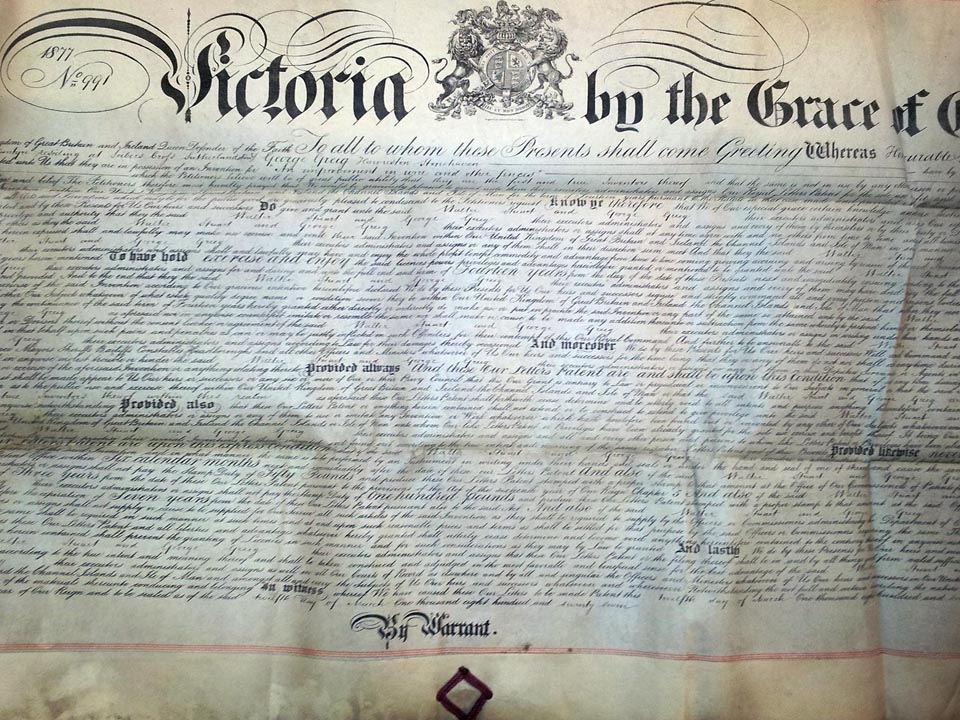The innovation landscape

There were also a number of ancillary developments around the reclamations. A sledge for stones allowed up to five tons to be drawn using the steam engines. This was designed to tip the stones out at the end of its run, and in addition to its convenience the dragging across the surface proved beneficial to the broken land, the rubbing action disintegrating it.
With sheep grazing on the surrounding land, it was desirable to fence each field off entirely as the ploughing was taking place. To address this, a folding fence was developed that used steel wire with adjustable stays that could be quickly assembled. To make these sufficient for cattle and horses, coils of wires with ‘spikes... twisted at intervals into them’ were developed – now familiar as barbed wire. Finally, in order to break down the peat after ploughing, a ‘Discer’ was invented. While all previous machines tended to get choked by the fibres of peat or turf after it had been loosened, the Discer was able to disintegrate enough of the ploughed field to allow seeding without disturbing the inverted turf. It consisted of a frame with series of discs mounted at an angle to the line of draft, cutting to a depth of two to five inches.
